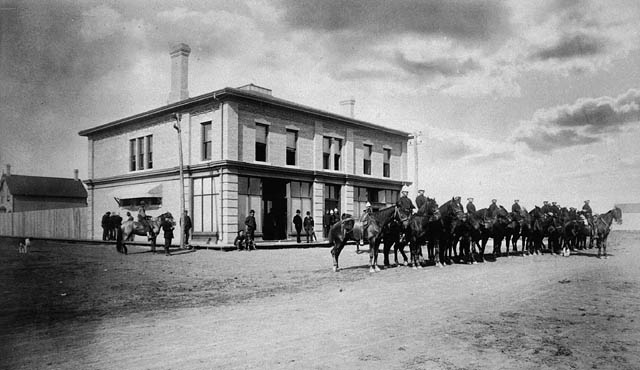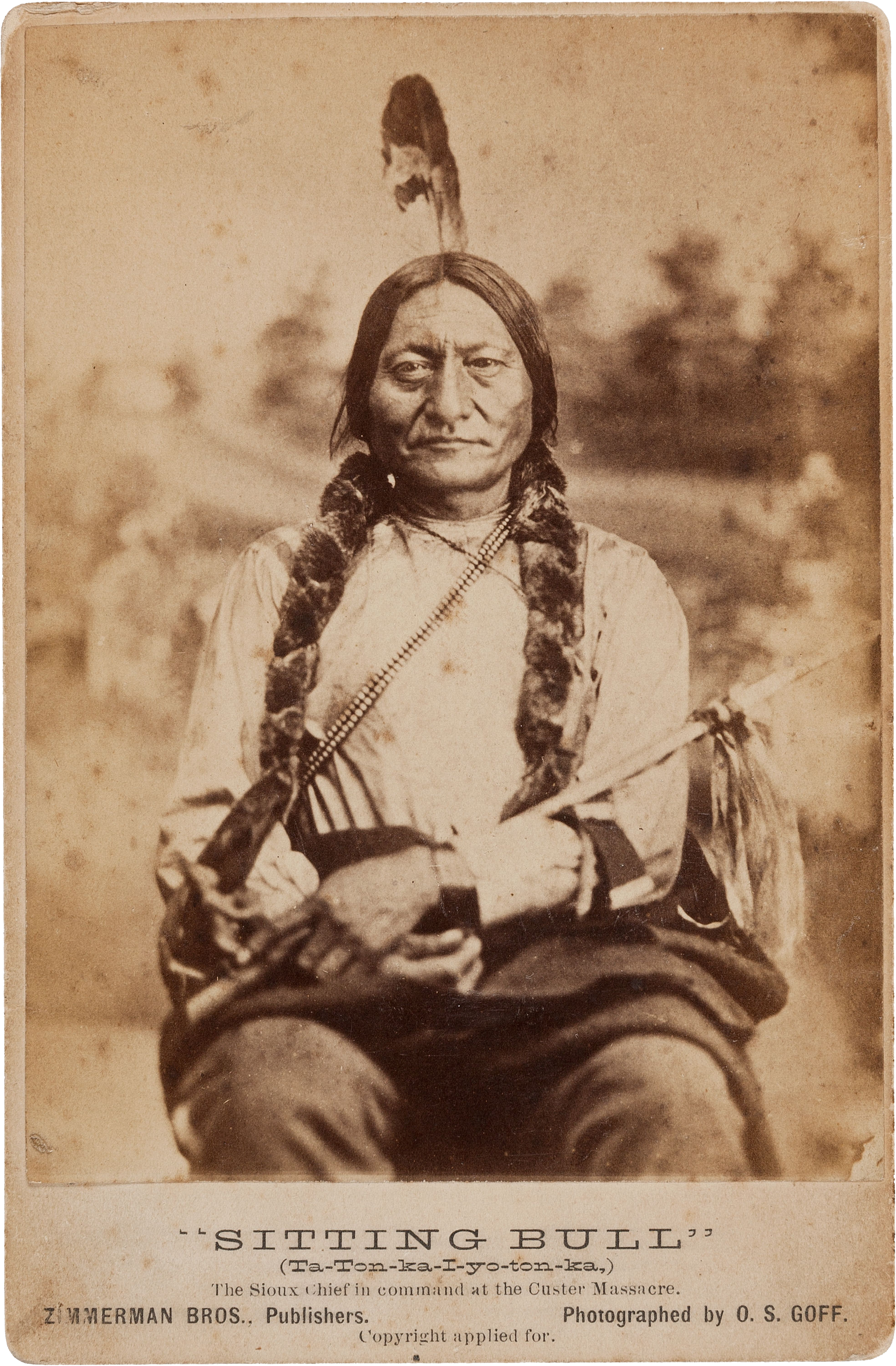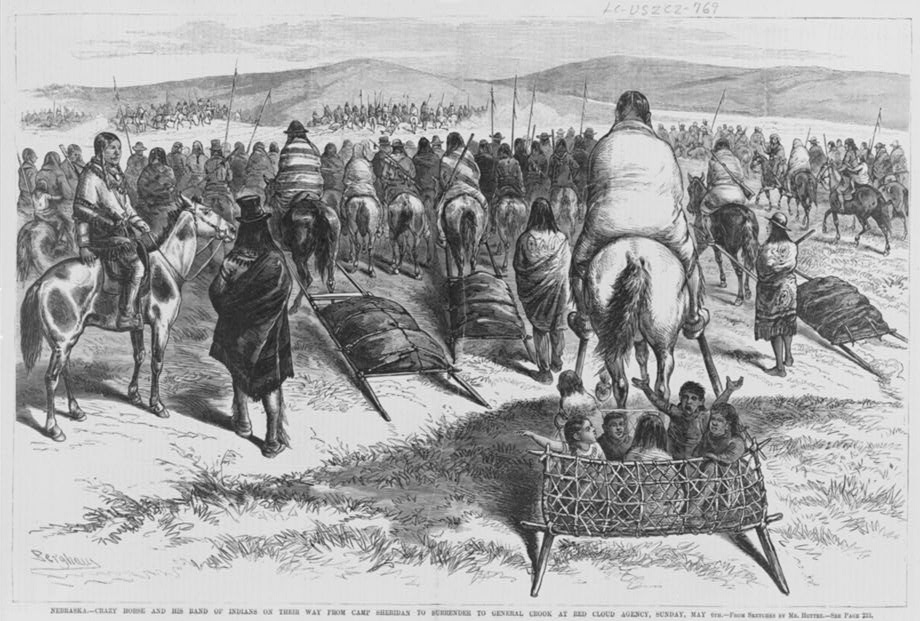|
Daniel Wolfe
Daniel Richard Wolfe (24 June 1976 – 4 January 2010) was a Canadian gangster who along with his brother Richard Wolfe, Richard co-founded the Indian Posse gang in 1988. Wolfe remained one of the leaders of the Indian Posse until his murder in 2010. Youth Wolfe was born three months premature at the General Hospital in Regina, Saskatchewan, Regina, Saskatchewan, the son of Richard Wolfe Senior and Susan Creely. Both of his parents were Cree. His Cree name was Come Up Shouting At The Earth. In 1979, his parents moved to the North End, Winnipeg, North End of Winnipeg, where he grew up. Both of his parents were alcoholics, and Danny along with his older brother Richard Wolfe Jr. were essentially left to raise themselves. Creely drank during her pregnancy and Danny suffered from fetal alcohol spectrum disorder as his brain had been damaged in the womb by all of the alcohol in his mother's blood. Richard Wolfe Sr. abandoned his family as he preferred drinking to fatherhood, and the Wo ... [...More Info...] [...Related Items...] OR: [Wikipedia] [Google] [Baidu] |
Regina, Saskatchewan
Regina () is the capital city of the Canadian province of Saskatchewan. The city is the second-largest in the province, after Saskatoon, and is a commercial centre for southern Saskatchewan. As of the 2021 census, Regina had a city population of 226,404, and a Metropolitan Area population of 249,217. It is governed by Regina City Council. The city is surrounded by the Rural Municipality of Sherwood No. 159. Regina was previously the seat of government of the North-West Territories, of which the current provinces of Saskatchewan and Alberta originally formed part, and of the District of Assiniboia. The site was previously called Wascana ("Buffalo Bones" in Cree), but was renamed to Regina (Latin for "Queen") in 1882 in honour of Queen Victoria. This decision was made by Queen Victoria's daughter Princess Louise, who was the wife of the Governor General of Canada, the Marquess of Lorne. Unlike other planned cities in the Canadian West, on its treeless flat plain Regina h ... [...More Info...] [...Related Items...] OR: [Wikipedia] [Google] [Baidu] |
Royal Canadian Mounted Police
The Royal Canadian Mounted Police (RCMP; french: Gendarmerie royale du Canada; french: GRC, label=none), commonly known in English as the Mounties (and colloquially in French as ) is the federal police, federal and national police service of Canada. As police services are the constitutional responsibility of provinces and territories of Canada, the RCMP's primary responsibility is the enforcement of federal criminal law, and sworn members of the RCMP have jurisdiction as a Law enforcement officer, peace officer in all provinces and territories of Canada.Royal Canadian Mounted Police Act', RSC 1985, c R-10, s 11.1. However, the service also provides police services under contract to eight of Canada's Provinces and territories of Canada#Provinces, provinces (all except Ontario and Quebec), all three of Canada's Provinces and territories of Canada#Territories, territories, more than 150 municipalities, and 600 Indigenous peoples in Canada, Indigenous communities. In addition to en ... [...More Info...] [...Related Items...] OR: [Wikipedia] [Google] [Baidu] |
West End Gang
The West End Gang (french: Gang de l'ouest) is a Canadian organized crime group in Montreal, Quebec. An Irish mob group originating from the Irish-Canadian ethnic enclave of Pointe-Saint-Charles in the 1950s, the majority of the gang's earnings were initially derived from truck hijackings, home invasions, kidnapping, protection rackets, extortion, and armed robbery, with its criminal activities focused on, but not restricted to, the west side of Montreal. The West End Gang came to prominence via a series of high-profile bank robberies between the 1950s and the 1970s, a period when Montreal was known as "Bank Robbery capital of North America". Due to the gang's control of illegal activity at the Port of Montreal, it moved into drug trafficking and became one of the most influential criminal organizations in Canada. [...More Info...] [...Related Items...] OR: [Wikipedia] [Google] [Baidu] |
Gerald Matticks
Gerald Matticks (born 4 July 1940) is a Canadian gangster and the long-time leader of the West End Gang of Montreal. Criminal career From rags to riches Matticks was born in the Goose Village section of the Pointe-Saint-Charles district of Montreal, the youngest of 14 children in a very poor family of Irish immigrants. His father worked as a driver of a wagon for the city of Montreal while his mother was a housewife. Matticks was married at the age of 17 and had fathered four children by the time he was 21. By the 1960s, Matticks together with his brothers John, Fred, Robert and Richard were leaders of a gang whose forte was hijacking trucks. Billy Morgan, a thief with the West End Gang was a friend of Frederick Matticks, recalled: "I could walk though The Point and ooseVillage with no problem, because in those days the Matticks clan had to know you". Matticks was first convicted in 1966, and had numerous convictions for theft, breaking and entering, possession of stolen go ... [...More Info...] [...Related Items...] OR: [Wikipedia] [Google] [Baidu] |
William Otter
William Otter (23 October 1768 – 20 August 1840) was the first Principal of King's College, London, who later served as Bishop of Chichester. Early life William Otter was born at Cuckney, Nottinghamshire on 23 October 1768, the son of Dorothy (née Wright) Otter (d. 1772) and the Rev. Edward Otter. He was educated at Jesus College, Cambridge, where he was later made a fellow. Career He was appointed Principal of the newly established King's College, London, in 1831, and held the post until 1836 when he was appointed Bishop of Chichester. Otter established a small college to train schoolmasters in 1840, which was rebuilt in his memory in 1849 as Bishop Otter College, now the main Bishop Otter Campus of the University of Chichester. Personal life On 3 July 1804, he married Nancy Sadleir Bruère in Leatherhead, Surrey. Nancy was a granddaughter of George Bruere, British Governor of Bermuda. Together, they had three sons and five daughters: * The Ven. William Bruère Ot ... [...More Info...] [...Related Items...] OR: [Wikipedia] [Google] [Baidu] |
Poundmaker
Pîhtokahanapiwiyin ( – 4 July 1886), also known as Poundmaker, was a Plains Cree chief known as a peacemaker and defender of his people, the Poundmaker Cree Nation. His name denotes his special craft at leading buffalo into buffalo pounds (enclosures) for harvest. In 1885, during the North-West Rebellion, his band was attacked by Canadian troops and a battle ensued. After the rebellion was suppressed, he surrendered and was convicted of treason and imprisoned. He died of illness soon after his release. In May 2019, Canadian Prime Minister Justin Trudeau exonerated the chief and apologized to the Poundmaker Cree Nation. Name According to Cree tradition, or oral history, Pîhtokahanapiwiyin, known to English speakers as Chief Poundmaker, gained his name for his special ability to attract buffalo into pounds. A buffalo pound resembled a huge corral with walls covered by the leaves of thick bushes. Usually herds of buffalo were stampeded into this trap. But sometimes buffa ... [...More Info...] [...Related Items...] OR: [Wikipedia] [Google] [Baidu] |
Battle Of Cut Knife
The Battle of Cut Knife, fought on May 2, 1885, occurred when a flying column of mounted police, militia, and Canadian army regular army units attacked a Cree and Assiniboine teepee settlement near Battleford, Saskatchewan. First Nations fighters forced the Canadian forces to retreat, with losses on both sides. Background In the spring of 1885, the Métis living in the District of Saskatchewan formed a provisional government under Louis Riel, taking control of the area around Batoche. Riel was in contact with First Nations people in Saskatchewan and Alberta, such as the Cree and Assiniboine. The government was concerned that the resistance would spread to First Nations across the North-West Territories. The Government of Canada quickly made preparations to send troops to crush the Resistance. Bands of Cree, assembled under the leadership of Poundmaker, went to Battleford. The purpose of the visit was to lobby the Indian agent there, Mr. Rae, for better supplies (many ... [...More Info...] [...Related Items...] OR: [Wikipedia] [Google] [Baidu] |
George Armstrong Custer
George Armstrong Custer (December 5, 1839 – June 25, 1876) was a United States Army officer and cavalry commander in the American Civil War and the American Indian Wars. Custer graduated from West Point in 1861 at the bottom of his class, but as the Civil War was just starting, trained officers were in immediate demand. He worked closely with General George B. McClellan and the future General Alfred Pleasonton, both of whom recognized his qualities as a cavalry leader, and he was promoted to brigadier general of volunteers at age 23. Only a few days after his promotion, he fought at the Battle of Gettysburg, where he commanded the Michigan Cavalry Brigade and despite being outnumbered, defeated J. E. B. Stuart's attack at what is now known as the East Cavalry Field. In 1864, he served in the Overland Campaign and in Philip Sheridan's army in the Shenandoah Valley, defeating Jubal Early at Cedar Creek. His division blocked the Army of Northern Virginia's final re ... [...More Info...] [...Related Items...] OR: [Wikipedia] [Google] [Baidu] |
Battle Of The Little Bighorn
The Battle of the Little Bighorn, known to the Lakota and other Plains Indians as the Battle of the Greasy Grass, and also commonly referred to as Custer's Last Stand, was an armed engagement between combined forces of the Lakota Sioux, Northern Cheyenne, and Arapaho tribes and the 7th Cavalry Regiment of the United States Army. The battle, which resulted in the defeat of U.S. forces, was the most significant action of the Great Sioux War of 1876. It took place on June 25–26, 1876, along the Little Bighorn River in the Crow Indian Reservation in southeastern Montana Territory. Most battles in the Great Sioux War, including the Battle of the Little Bighorn (14 on the map to the right), "were on lands those Indians had taken from other tribes since 1851". The Lakotas were there without consent from the local Crow tribe, which had treaty on the area. Already in 1873, Crow chief Blackfoot had called for U.S. military actions against the Indian intruders. The steady Lako ... [...More Info...] [...Related Items...] OR: [Wikipedia] [Google] [Baidu] |
Sitting Bull
Sitting Bull ( lkt, Tȟatȟáŋka Íyotake ; December 15, 1890) was a Hunkpapa Lakota leader who led his people during years of resistance against United States government policies. He was killed by Indian agency police on the Standing Rock Indian Reservation during an attempt to arrest him, at a time when authorities feared that he would join the Ghost Dance movement. Before the Battle of the Little Bighorn, Sitting Bull had a vision in which he saw many soldiers, "as thick as grasshoppers", falling upside down into the Lakota camp, which his people took as a foreshadowing of a major victory in which many soldiers would be killed. About three weeks later, the confederated Lakota tribes with the Northern Cheyenne defeated the 7th Cavalry under Lt. Col. George Armstrong Custer on June 25, 1876, annihilating Custer's battalion and seeming to bear out Sitting Bull's prophetic vision. Sitting Bull's leadership inspired his people to a major victory. In response, the U.S. gov ... [...More Info...] [...Related Items...] OR: [Wikipedia] [Google] [Baidu] |
Crazy Horse
Crazy Horse ( lkt, Tȟašúŋke Witkó, italic=no, , ; 1840 – September 5, 1877) was a Lakota war leader of the Oglala band in the 19th century. He took up arms against the United States federal government to fight against encroachment by white American settlers on Native American territory and to preserve the traditional way of life of the Lakota people. His participation in several famous battles of the Black Hills War on the northern Great Plains, among them the Fetterman Fight in 1866, in which he acted as a decoy, and the Battle of the Little Bighorn in 1876, in which he led a war party to victory, earned him great respect from both his enemies and his own people. In September 1877, four months after surrendering to U.S. troops under General George Crook, Crazy Horse was fatally wounded by a bayonet-wielding military guard while allegedly resisting imprisonment at Camp Robinson in present-day Nebraska. He was honored by the U.S. Postal Service in 1982 with a 13¢ ... [...More Info...] [...Related Items...] OR: [Wikipedia] [Google] [Baidu] |
Big Bear
Big Bear, also known as ( cr, ᒥᐢᑕᐦᐃᒪᐢᑿ; – 17 January 1888Mistahimaskwa Dictionary of Canadian Biography Online), was a powerful and popular Cree chief who played many pivotal roles in Canadian history. He was appointed to chief of his band at the age of 40 upon the death of his father, Black Powder, under his father's harmonious and inclusive rule which directly impacted his own leadership. Big Bear is most notable for his involvement in and the 1885 ; ... [...More Info...] [...Related Items...] OR: [Wikipedia] [Google] [Baidu] |






.jpg)


